Episode 3 | Forests
Journey deep into the great forests of Earth for a new way of looking at these wild places and the animals that live there. Sanjayan travels into an uncharted area of the Amazon that scientists believe is the most bio-diverse place on Earth. From there he follows unique animal behavior in Alaska’s Great Bear Rainforest and meets the farmers in Portugal’s cork forests.
Previews + Extras
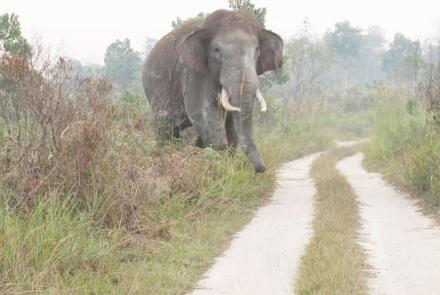
Human and Elephant Conflict in Sumatra
S1 E3 - 1m 50s
In Sumatra, elephant populations are rapidly decreasing. Their decline is primarily a result of deforestation, leaving only 29% of the island still habitable for elephants, leaving them in isolated patches close to humans. The relationship is tense and all — out war between human and elephant is becoming a regular occurrence, often ending in the loss of lives to both.
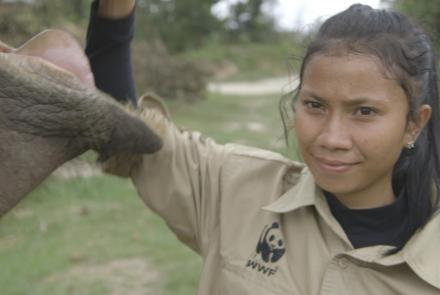
How to Be a Mahout
S1 E3 - 1m 48s
The relationship between a mahout and their elephant is very personal. Often they know the elephant from when they were babies and have to train them and care for their everyday needs such as feeding and washing. In their job as elephant carers and trainers and will always put the elephant before themselves – it is more important that the elephants are fed than the mahouts are fed!
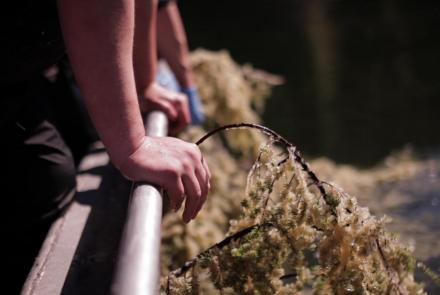
Traditional Heiltsuk Herring Egg Harvest Using Hemlock
S1 E3 - 2m 45s
Jordan Wilson, a man from Heiltsuk descent, reveals the traditional methods of harvesting herring eggs, using hemlock branches. The Heiltsuk sustainable herring fishery has used this traditional process, passed down from ancestors for generations to maximize the yield of herring eggs at spawning time.
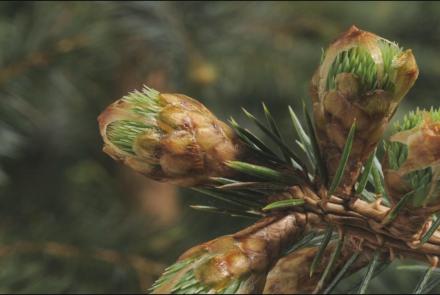
Timelapse of Budding Sitka and Hemlock Plants
S1 E3 - 1m 25s
Over the course of the spring and summer, two of the most common trees in the northern forests of the planet, ‘breathe’ out oxygen into the atmosphere and ‘breathe’ in carbon dioxide. This clip shows the pulse of life in action as these plants bud.
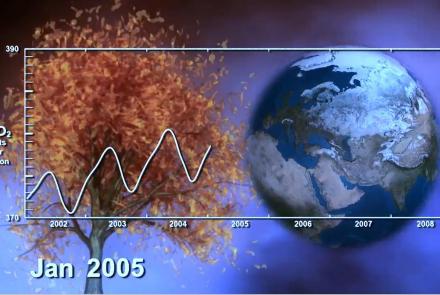
Our Breathing Planet
S1 E3 - 44s
Satellite footage from NASA has revealed how the planet breathes in annual pulses in time with the seasons. And surprisingly the breathing isn’t driven by the tropical forests as would be expected; it’s the great northern forests that are the real lungs. Video courtesy of NASA, graphic ©NASA/JPL-Caltech.
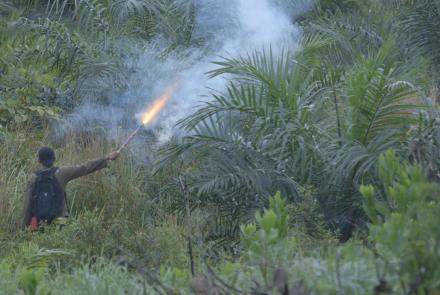
Elephant Conflict
S1 E3 - 1m 32s
Journey deep into the great forests of Earth for a new way of looking at these wild places and the animals that live there. Dr. M. Sanjayan travels to Sumatra and finds frightening elephant battles are exploding on the edge of the forest.
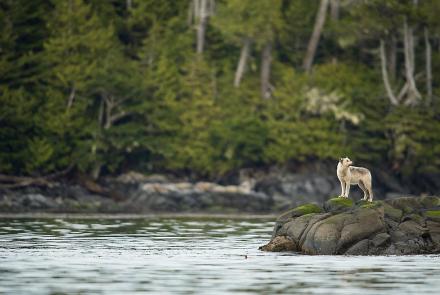
Next on Episode 3 | Forests
S1 E3 - 29s
Journey deep into the great forests of Earth for a new way of looking at these wild places and the animals that live there. Sanjayan travels into an uncharted area of the Amazon that scientists believe is the most bio-diverse place on Earth. Premieres February 11 at 10/9c. Check local listings.
Similar Shows
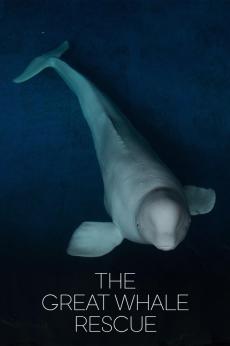
The Great Whale Rescue
Science and Nature

Inside Nature's Giants
Science and Nature
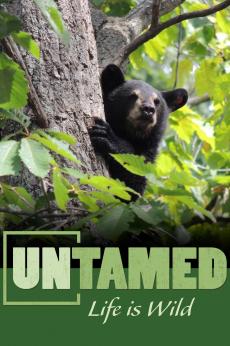
Untamed
Science and Nature
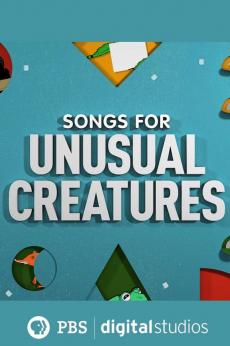
Songs for Unusual Creatures
Science and Nature

Mysteries of Mental Illness
Science and Nature

When Disaster Strikes
Science and Nature

Europe's New Wild
Science and Nature
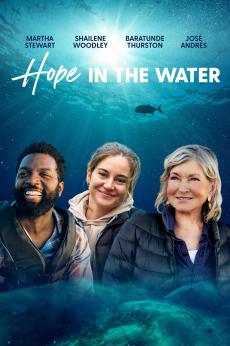
Hope in the Water
Science and Nature
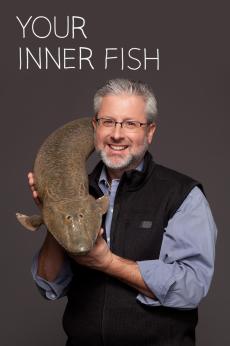
Your Inner Fish
Science and Nature

Planet California
Science and Nature
WETA Passport
Stream tens of thousands of hours of your PBS and local favorites with WETA Passport whenever and wherever you want. Catch up on a single episode or binge-watch full seasons before they air on TV.